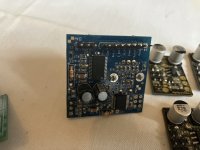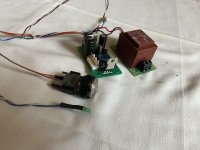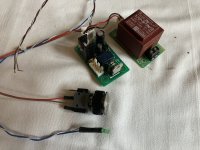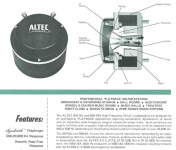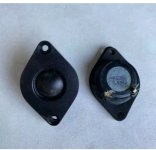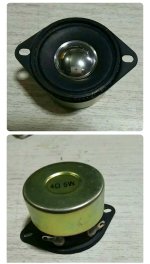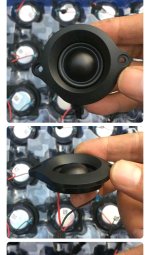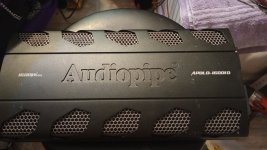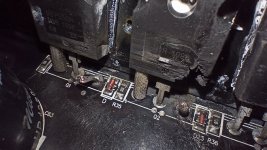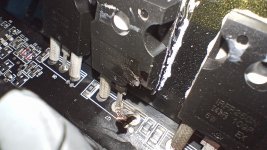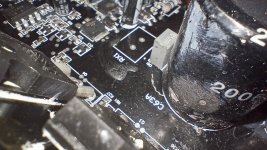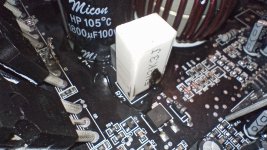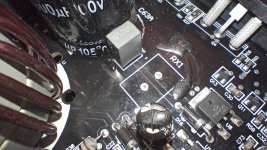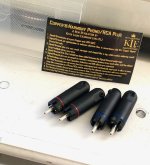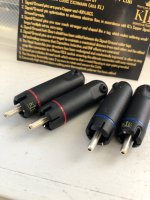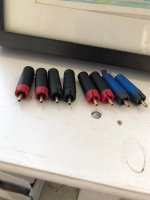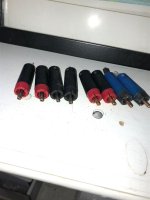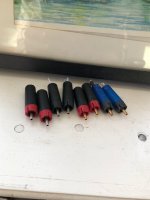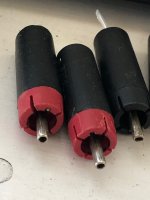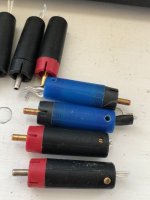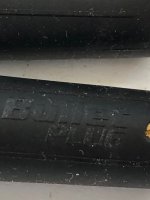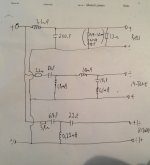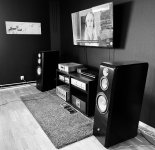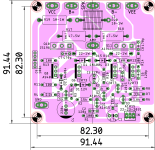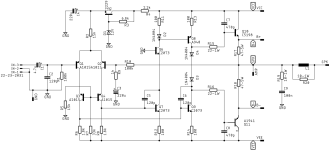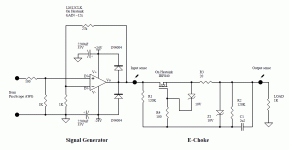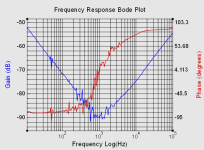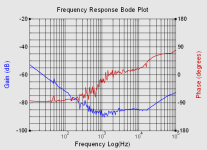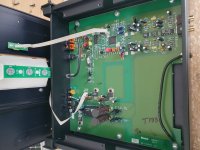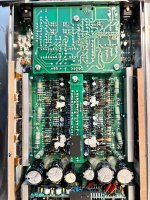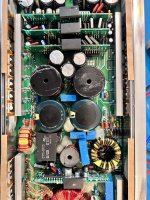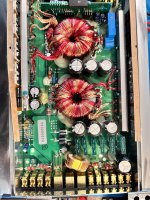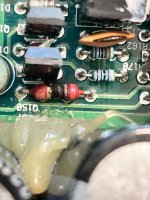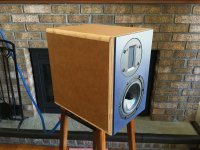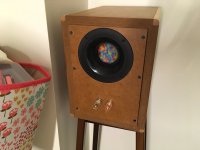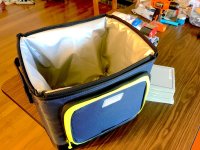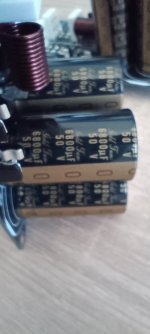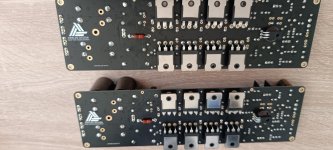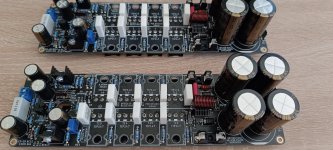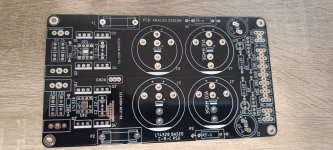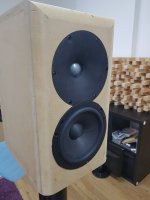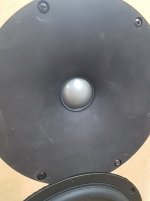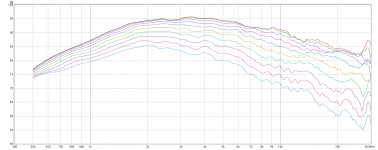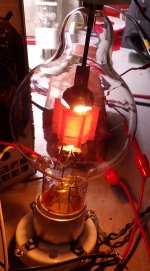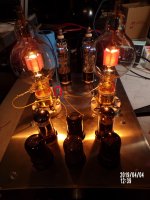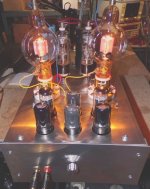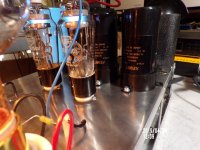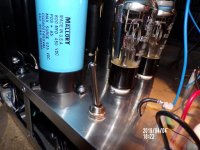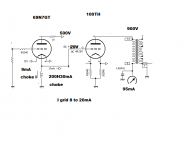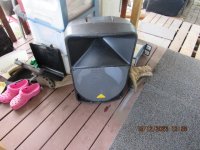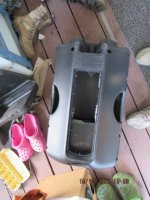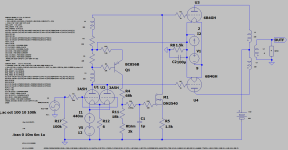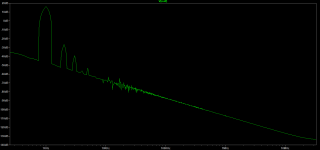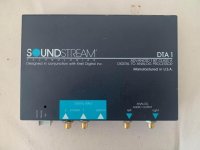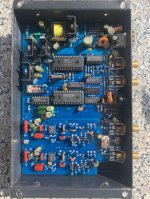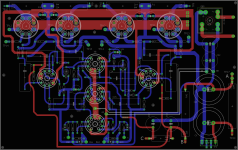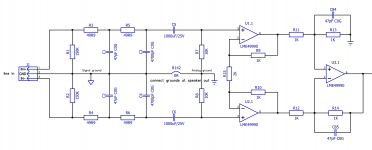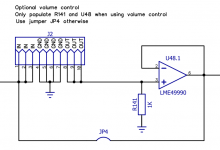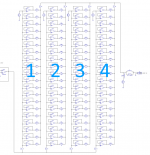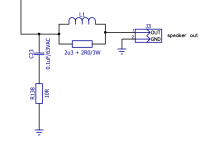Instruments Amp Y4 trio
- Instruments and Amps
- 78 Replies
Hi all, trying to assemble a music system that a tri of year 4 primary schoolers may plug various instruments into for practice. This needs to double up as a bass amp for my daughter for her electric bass classes at school. She is used to the little sub plugged into our mixing desk at home and like me she hates the weak uninspiring sounds that the usual suspects in the music shop make in the sub $1500 mark. Our usual listening and playing stuff is West Indian including dub
For $35 I found a group of four Logitech 2.1 systems that included the one that was the same z623 model sub we use. Issue was that this one didn’t have the satellites in lot. The left satellite contains the controls and plugs into a DB15. The right satellite plugs into a dedicated rca. Rear panel also has rca and 3.5mm inputs. The missing satellite has another 3.5mm input as well as headphone out, bass level knob, volume knob
In that lot there were satellites from LG as well ones for the other smaller three subs
I have a little USB/battery powered mixer with Bluetooth, instrument in and aux in
Also have two Kemo M040n black box preamps, 18 volts of battery, 18v dc wart, 9v dc wart, pots and passives for passive tone controls, passives to build four sets of the MPF102 jfet pres from another thread
Add to the list some knobs, wheels, mdf, marine ply, upholstery fabric, carpet, retractable handle from bag
Hoping to fit the sub and a pair or two of satellites into another new box and something the gyals may plug things like electric bass, upright bass pickup, mic, electric guitar, electronic drum set, tablet and like. Basic controls to find basic sounds
First challenge is to decode the DB15 pinout. I know that the pins for discrete input for the sub section and standby from the net searches. Plugged into this pin with the little mixer and bass guitar sounds sweet but the loudness is absent. Swapping the satellites from the home system and plugging the mixer into that returns the loudness
Now I am going to try to cascade (is this the right word, please advise) one Kemo into passive bass and treble tone circuit assembled from net schematics. That will be followed by another Kemo. Both Kemo will have 10k pots on the input lead. I’ll plug the bass into this and hook it to the sub direct pin and see if I can get acceptable volume and tone control
Hoping this works, then I’ll have the starting of a bass amp that my kid may find inspiring and satisfying to play
Next thing to attempt is finding the direct ins for main speakers amps in that DB15. For this I will need to make or buy a three instrument channel plus stereo mixer and 2.1 filter
As a side I have been curious about the MPF102 jfet. I have some and the parts needed to build some internet schematics. First attempt at building from random schematics as well as trying to learn about circuits like these pres ans mixers
Hope to find some assistance here if I get stuck. Thanks and regards
Randy

